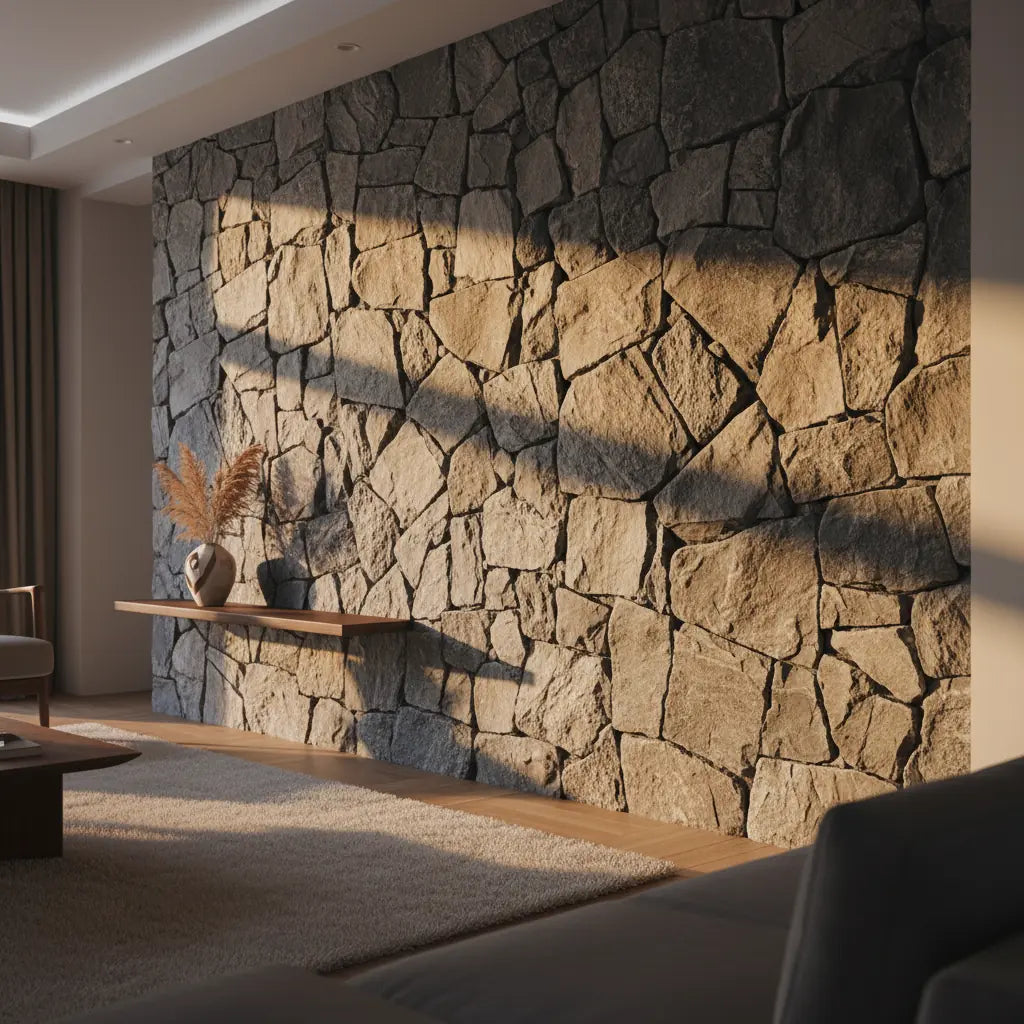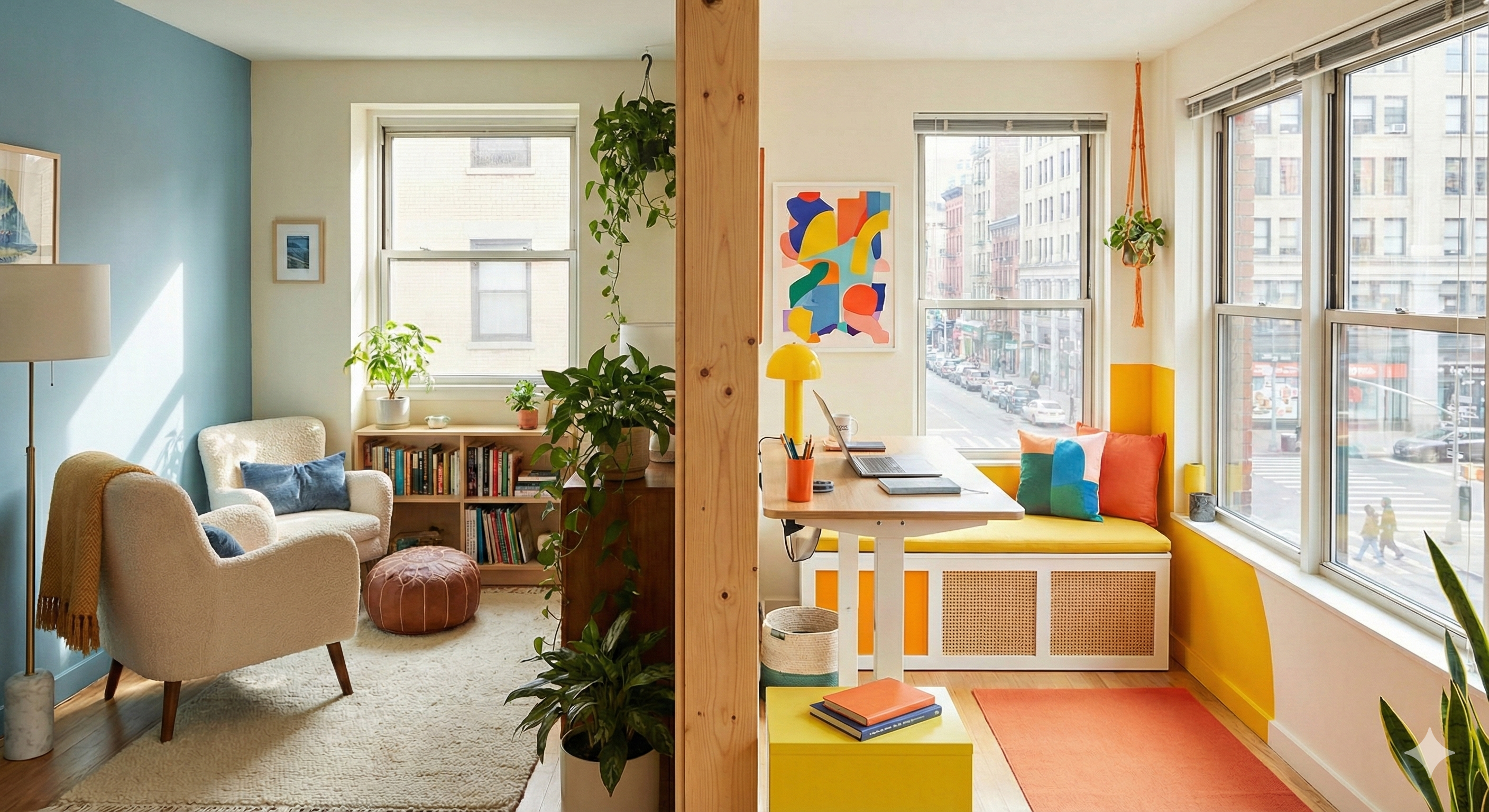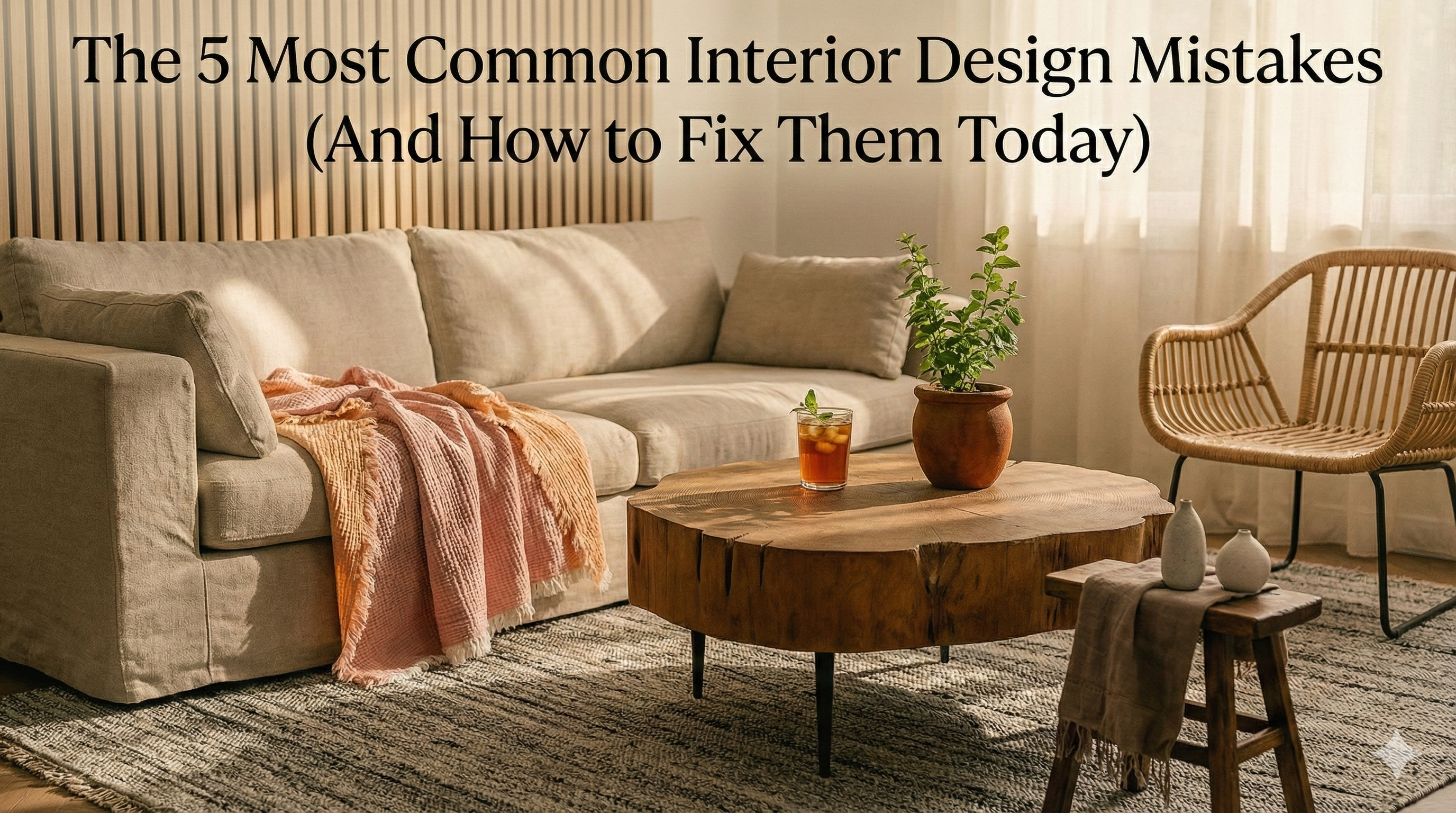
Antes de diseñar el restaurante de tus sueños, ¿estás seguro de haber evitado los obstáculos que podrían convertir tu visión culinaria en un desastre costoso? Descubre los errores de diseño críticos que los restauradores primerizos suelen pasar por alto y descubre lo que los propietarios experimentados desearían saber antes de embarcarse en su aventura.
Flujo de trabajo y funcionalidad

Una distribución mal planificada puede afectar gravemente el servicio y la velocidad de servicio. Por ejemplo, una cocina demasiado cerca del comedor puede generar cuellos de botella y ralentizar el servicio. La falta de espacio en el comedor también dificulta el movimiento, lo que ralentiza el servicio al cliente. El diseño debe facilitar el movimiento de clientes y camareros. Optimizar el flujo de trabajo en la cocina es crucial para la eficiencia y la rentabilidad [5] , que se ven directamente afectadas por el diseño inicial.
Accesibilidad para todos

No considerar la facilidad de movimiento y acceso para personas con discapacidad reduce el tamaño de su mercado objetivo. Asegúrese de contar con características de accesibilidad, como rampas para personas con discapacidad y espacio para que la entrada sea accesible para cualquier persona. La accesibilidad en restaurantes no solo es una buena práctica, sino que a menudo es un requisito legal según la Ley de Estadounidenses con Discapacidades (ADA) [4] . Recursos como Disabled World [2] ofrecen información sobre el acceso a restaurantes para personas con discapacidad, y comprender los requisitos de la ADA [8] es esencial para los propietarios de restaurantes.
Almacenamiento

Contar con suficiente espacio de almacenamiento es vital. No olvide planificar el espacio suficiente para organizar y satisfacer la demanda. Siempre es mucho más rentable incorporar estas mejoras primero que reformarlas posteriormente. Las soluciones de almacenamiento adecuadas son clave en el diseño y la gestión de proyectos de restaurantes [3] , ya que garantizan un funcionamiento fluido y evitan futuras renovaciones costosas.
Áreas de entrega y retención

Los servicios de entrega a domicilio son cada vez más importantes. Designe áreas específicas con señalización clara para garantizar un manejo seguro. Disponer de áreas adecuadas para la cristalería, los utensilios y los alimentos es fundamental para el buen funcionamiento del restaurante. Una gestión eficiente del restaurante [1] depende de una planificación adecuada de las áreas de entrega y almacenamiento para mantener la calidad y la rapidez del servicio.
Ambiente e iluminación

La iluminación es crucial para una experiencia gastronómica placentera. Evite una iluminación excesivamente brillante que distraiga al personal y a los comensales, y asegúrese de que la iluminación sea adecuada para evitar la penumbra y la suciedad. Diversos estudios han demostrado el impacto de la iluminación y el color en los restaurantes en la percepción del cliente y la experiencia gastronómica [6] . Una iluminación bien pensada contribuye significativamente a la atmósfera general.
Diseño exterior

El diseño exterior crea una primera impresión en los clientes potenciales. Debe ser visualmente atractivo, reflejar la marca e indicar claramente qué esperar. Asegúrese de que esté bien iluminado, sea acogedor y fácilmente visible a distancia. El exterior es el primer elemento para crear una experiencia memorable en el restaurante, como se observa en el proceso de diseño creativo de restaurantes exitosos [7] .
Equilibrar estética y funcionalidad

Considere las implicaciones prácticas, como el impacto del mantenimiento y la limpieza de las lámparas complejas o las paredes curvas en el almacenamiento y la fluidez de movimiento en la cocina. Equilibrar la estética y la funcionalidad es clave para el éxito a largo plazo, garantizando que el restaurante sea atractivo y eficiente operativamente.
Probar el diseño

Cree maquetas y juegos de rol para identificar posibles problemas con el flujo de trabajo, el espacio y la ergonomía. Este enfoque práctico revela problemas que podrían no ser evidentes en el papel. Probar el diseño mediante maquetas y simulaciones es crucial para evitar errores costosos en el futuro.
En general

En general, un enfoque holístico equilibra la estética y la funcionalidad para crear un espacio visualmente atractivo y operativamente eficiente. Al considerar estos aspectos, quienes abren un restaurante por primera vez pueden evitar errores costosos y alcanzar el éxito.






